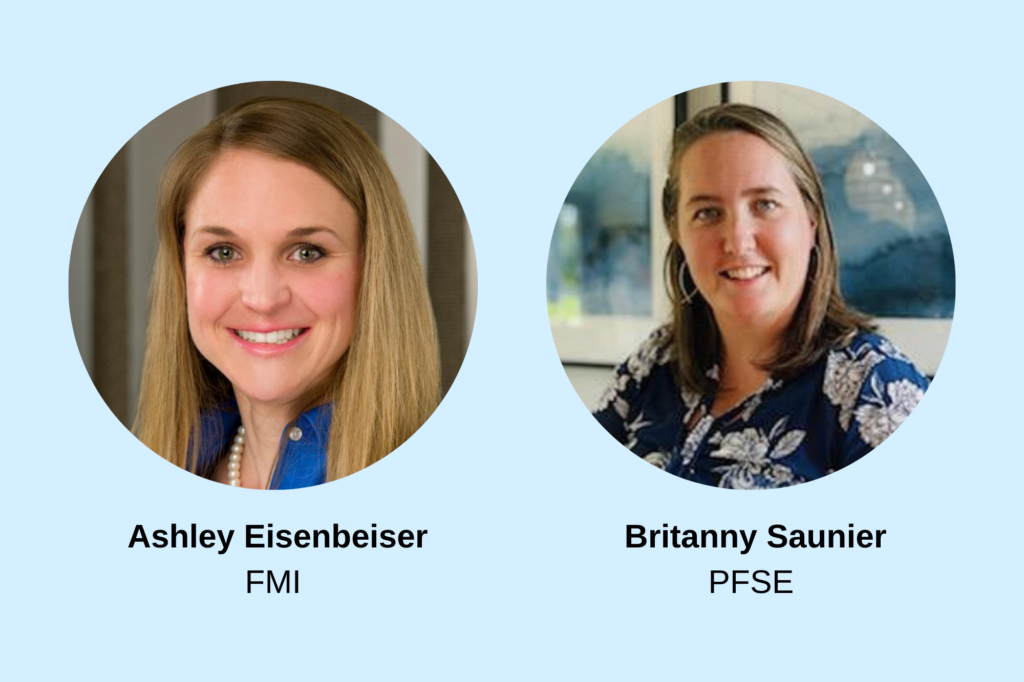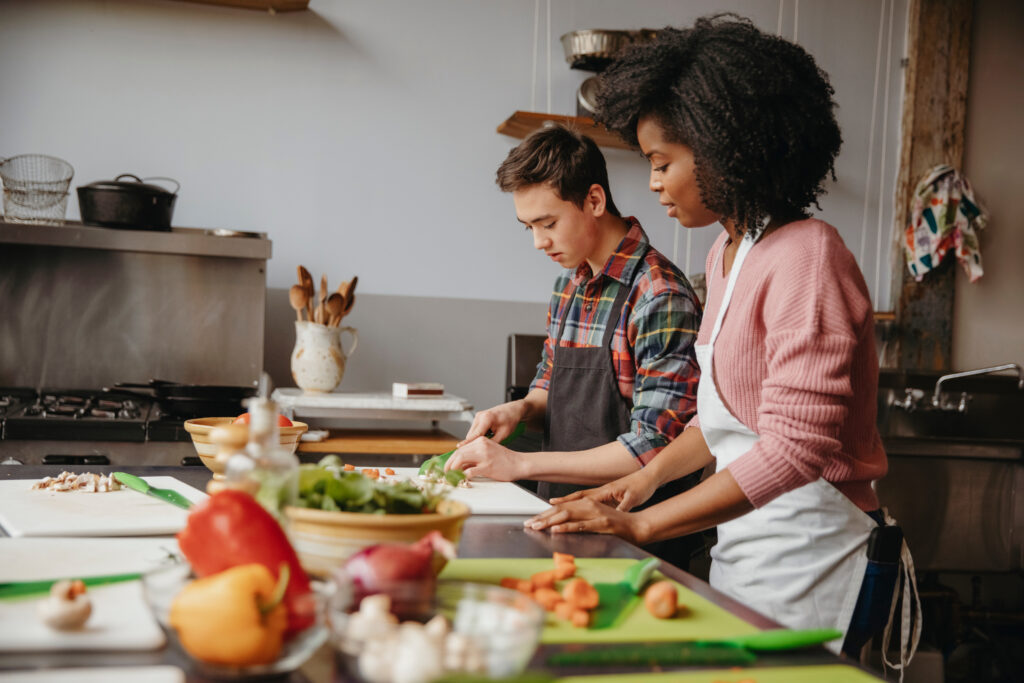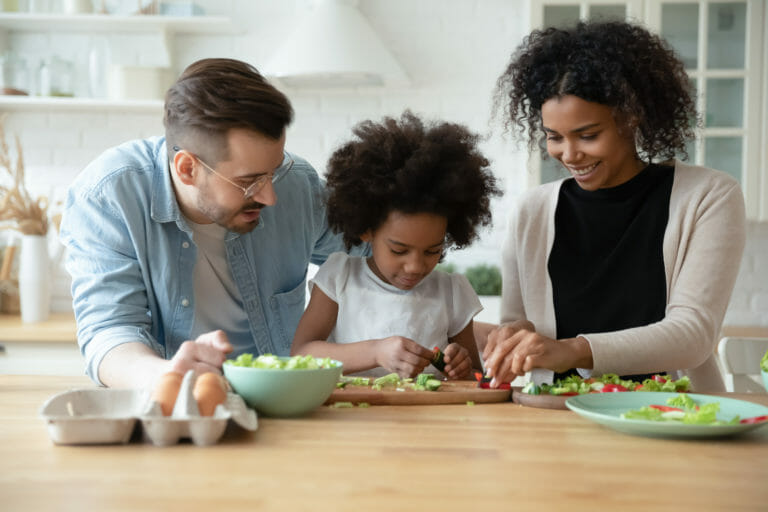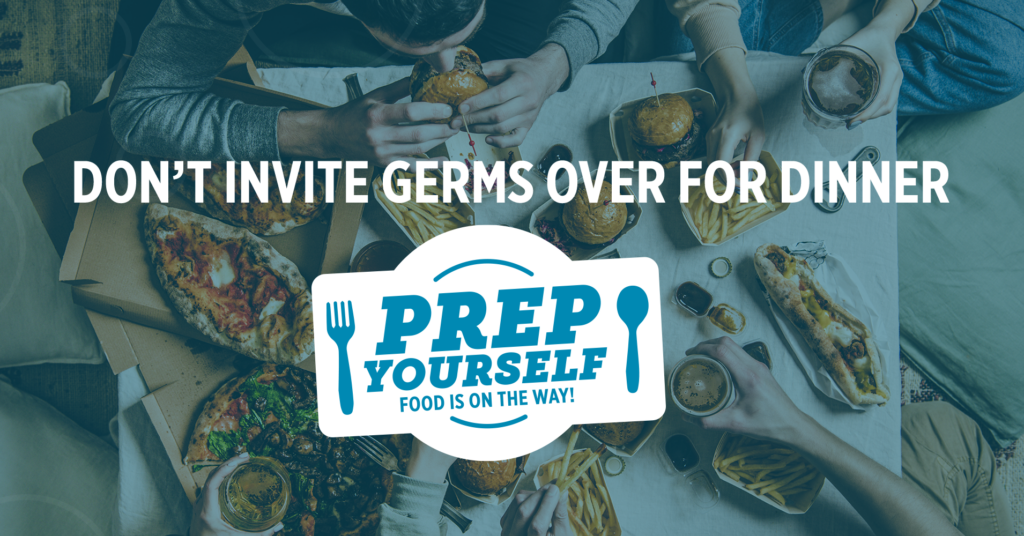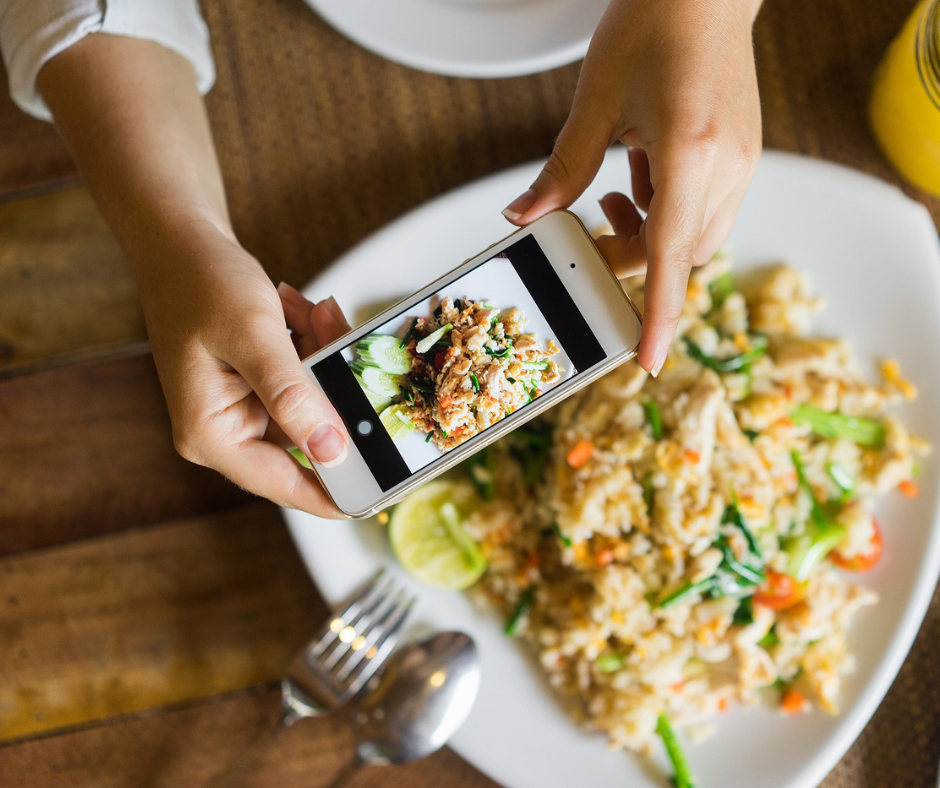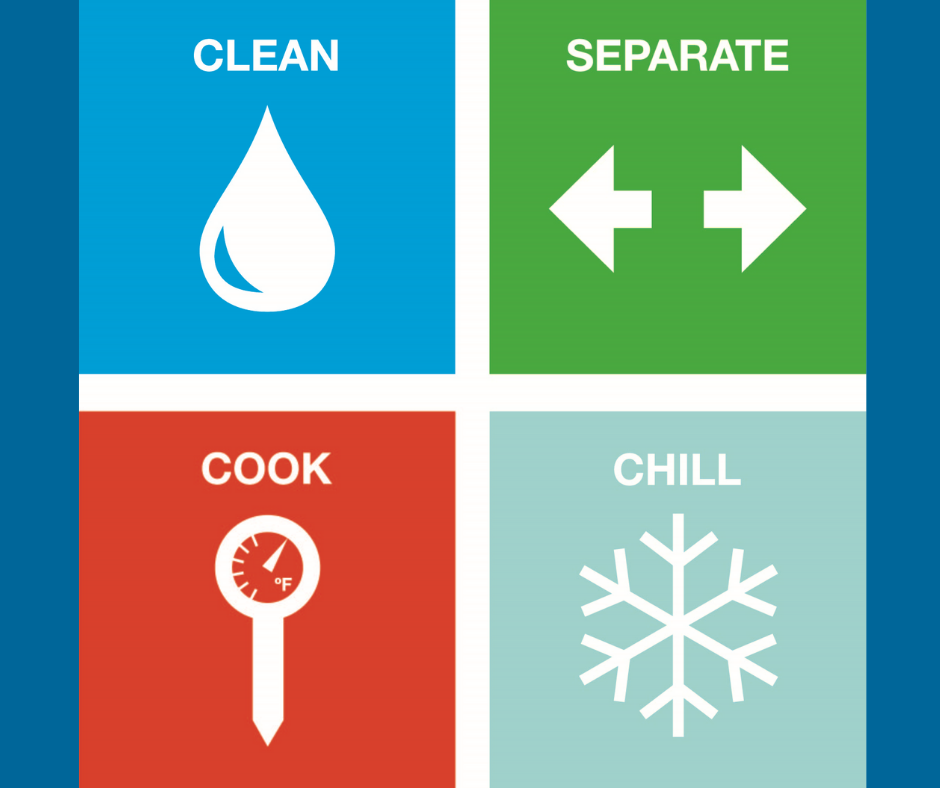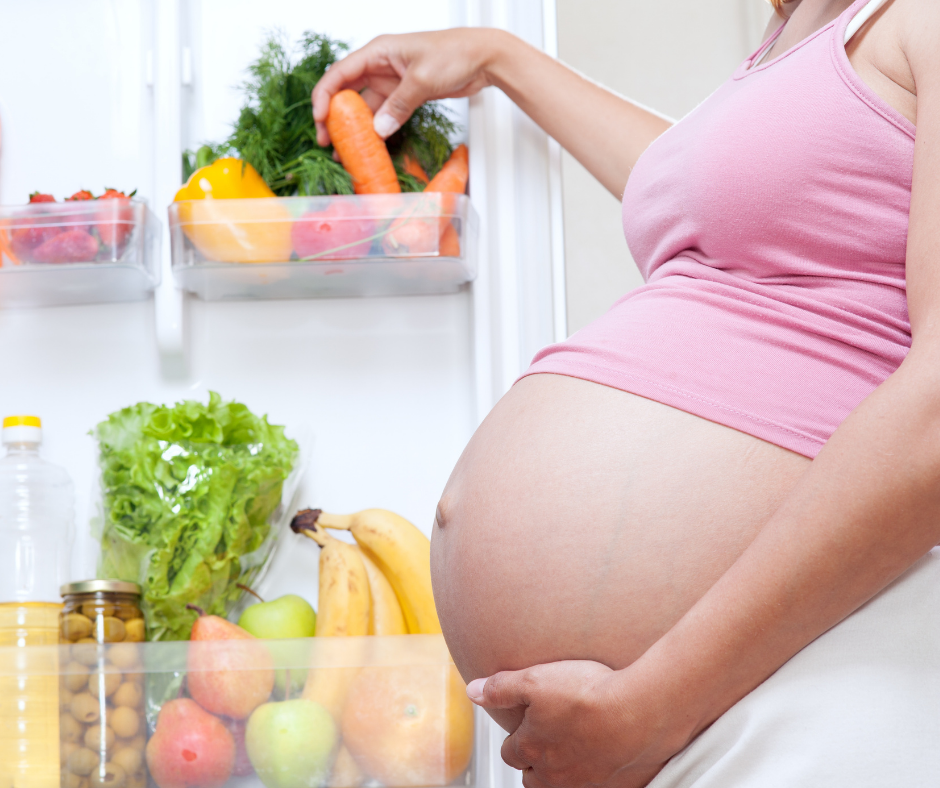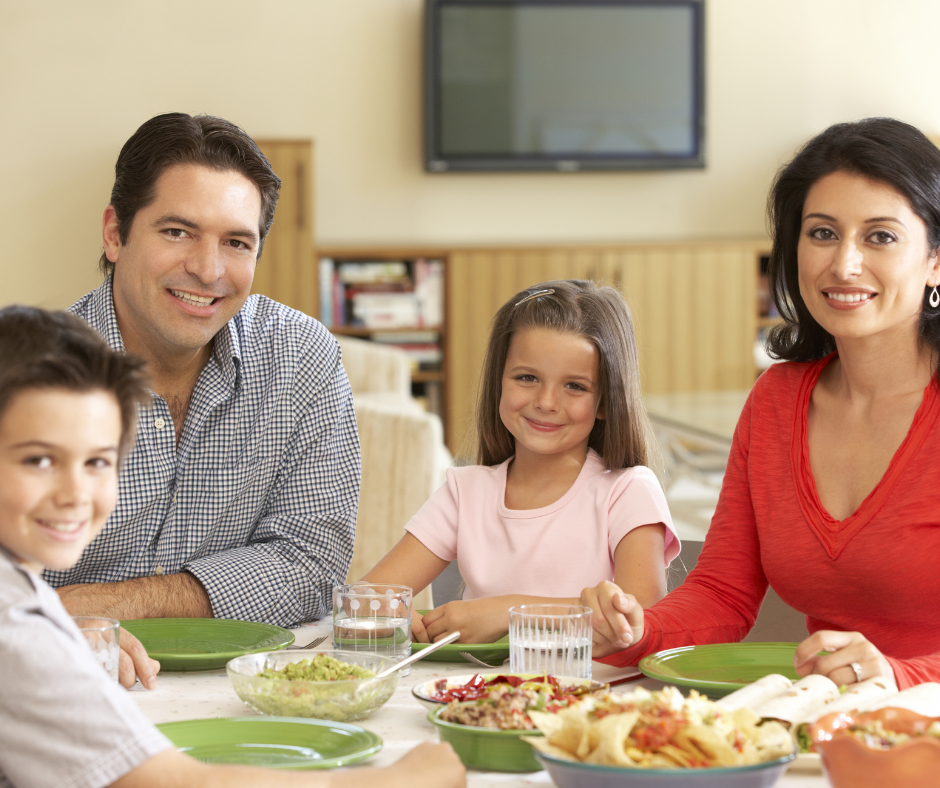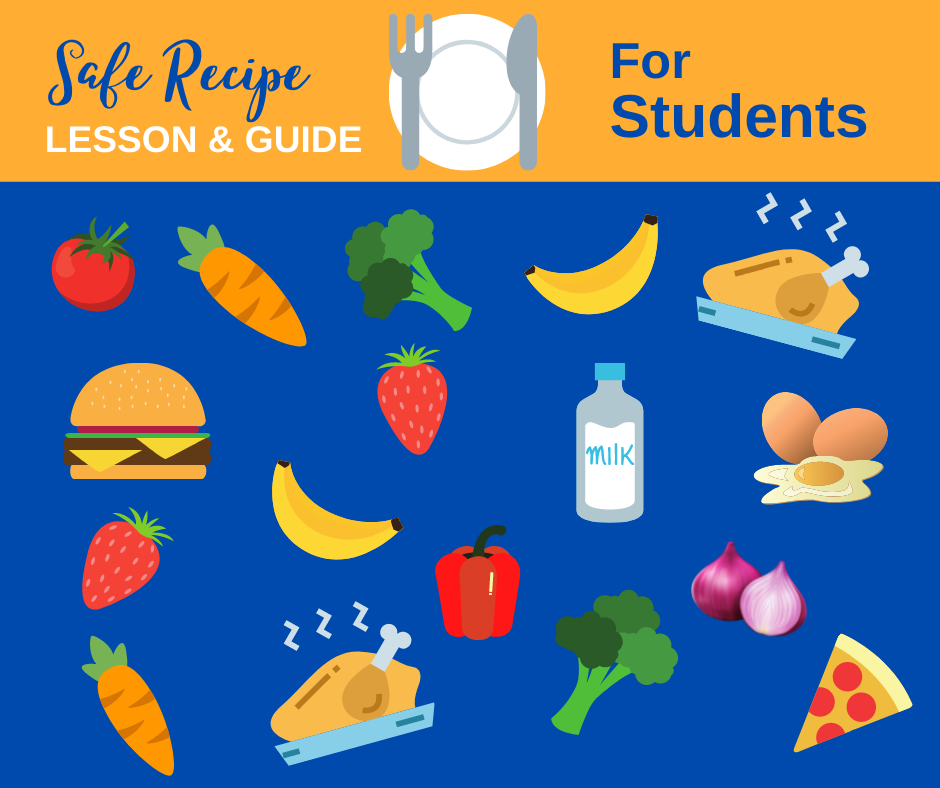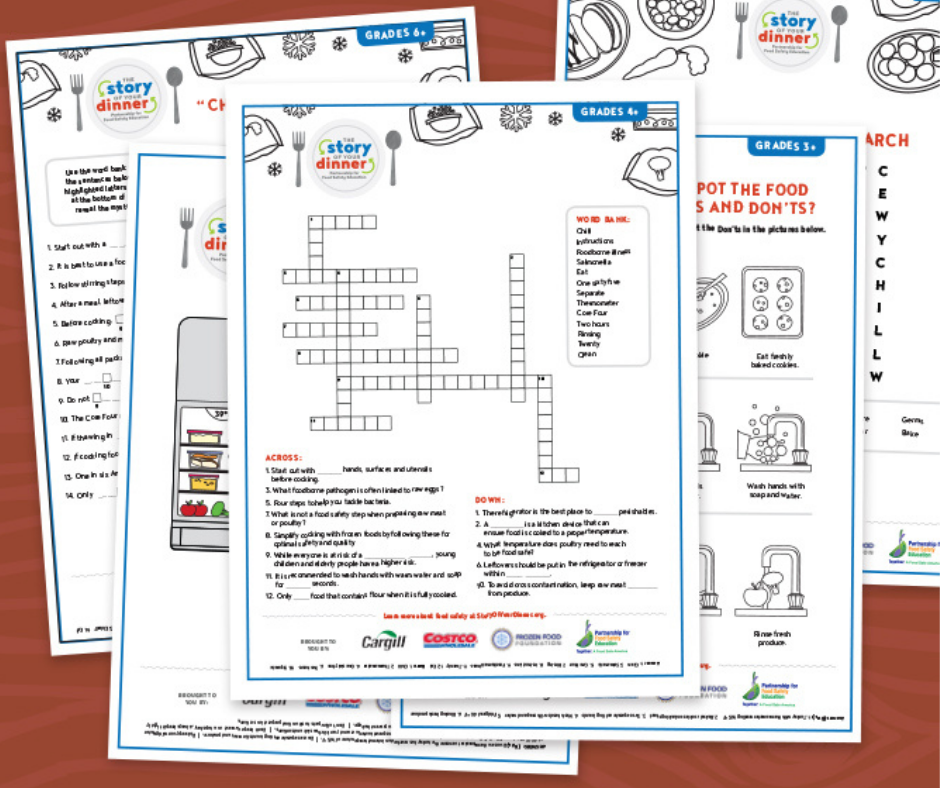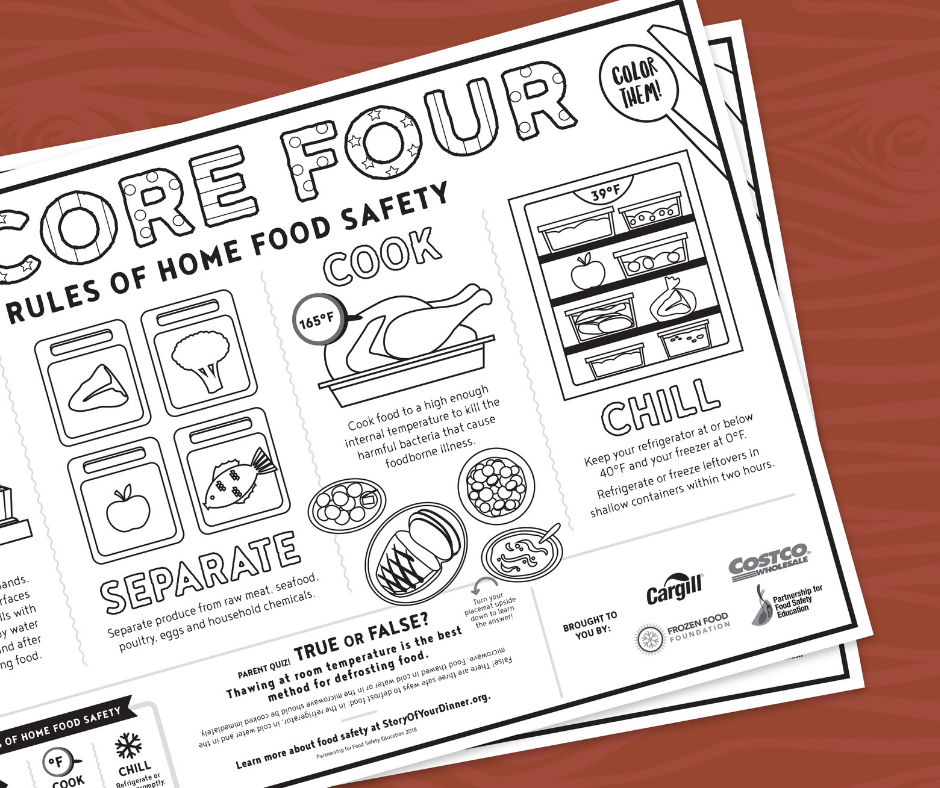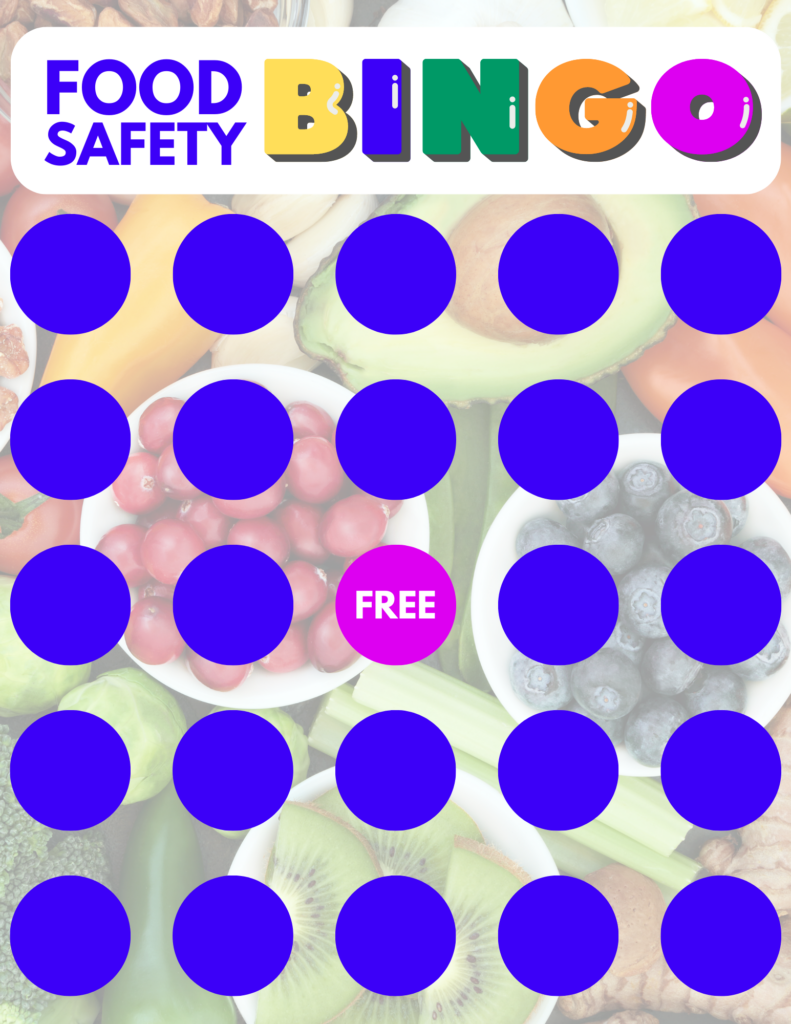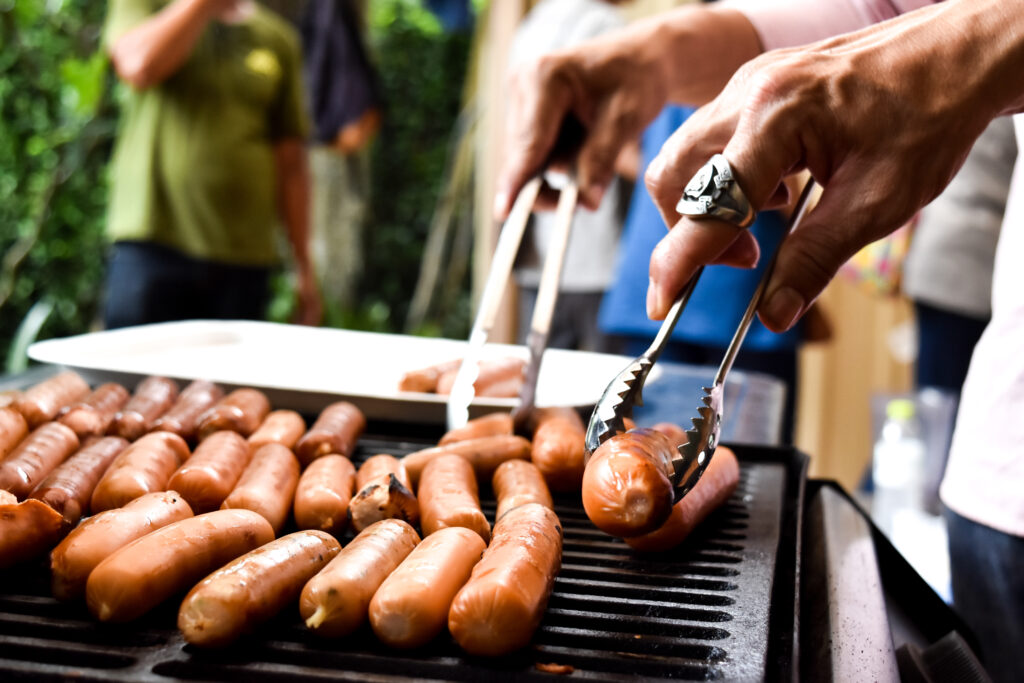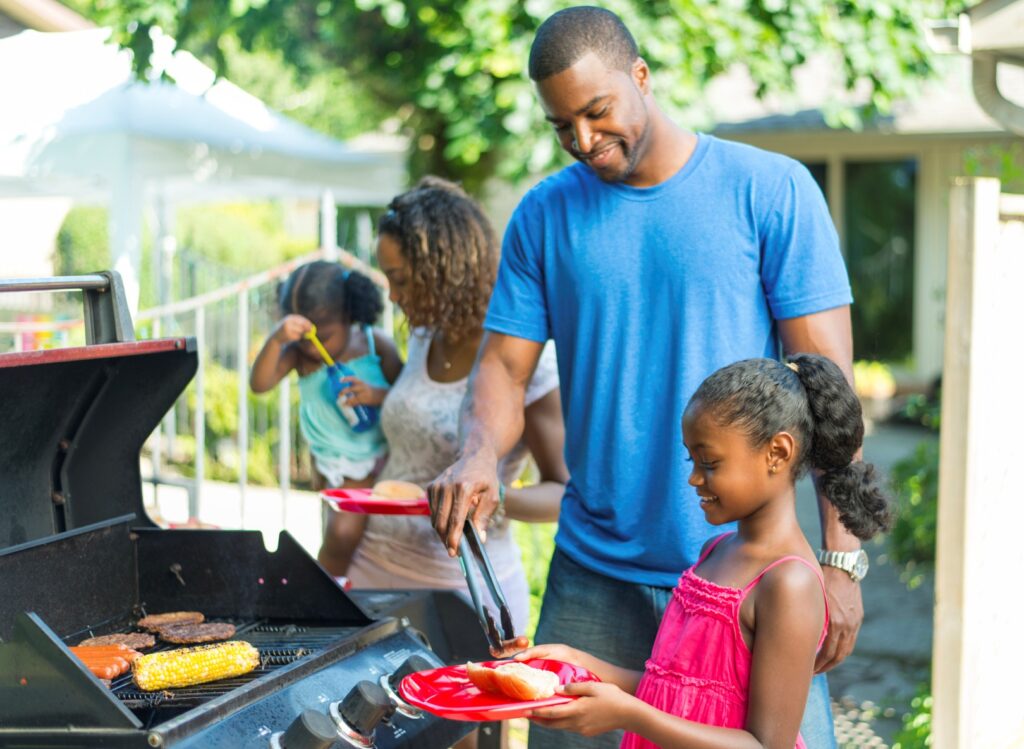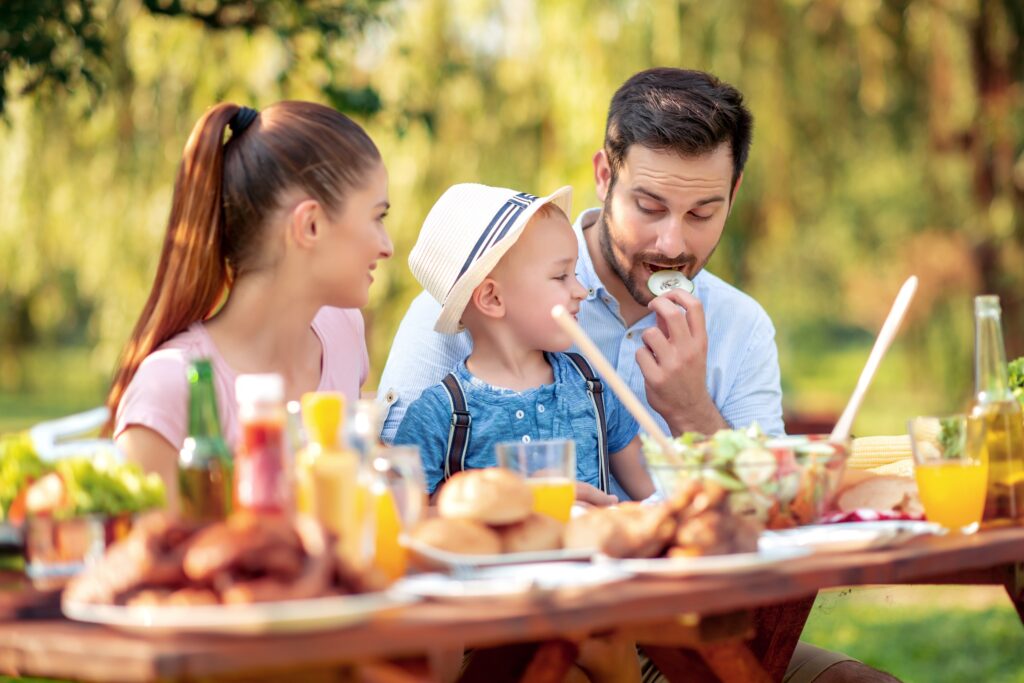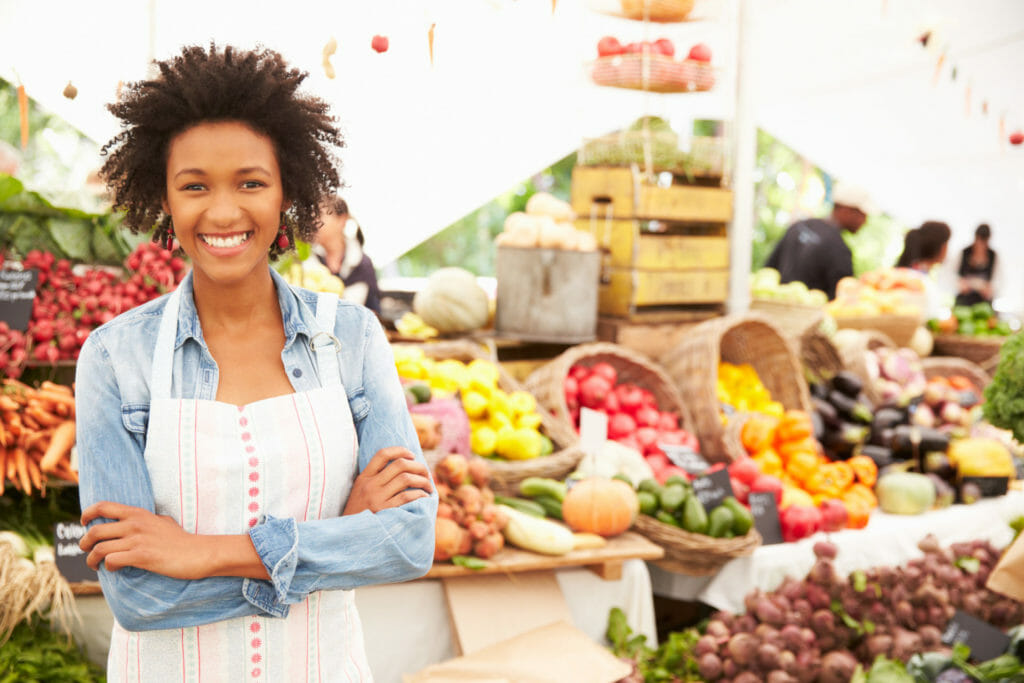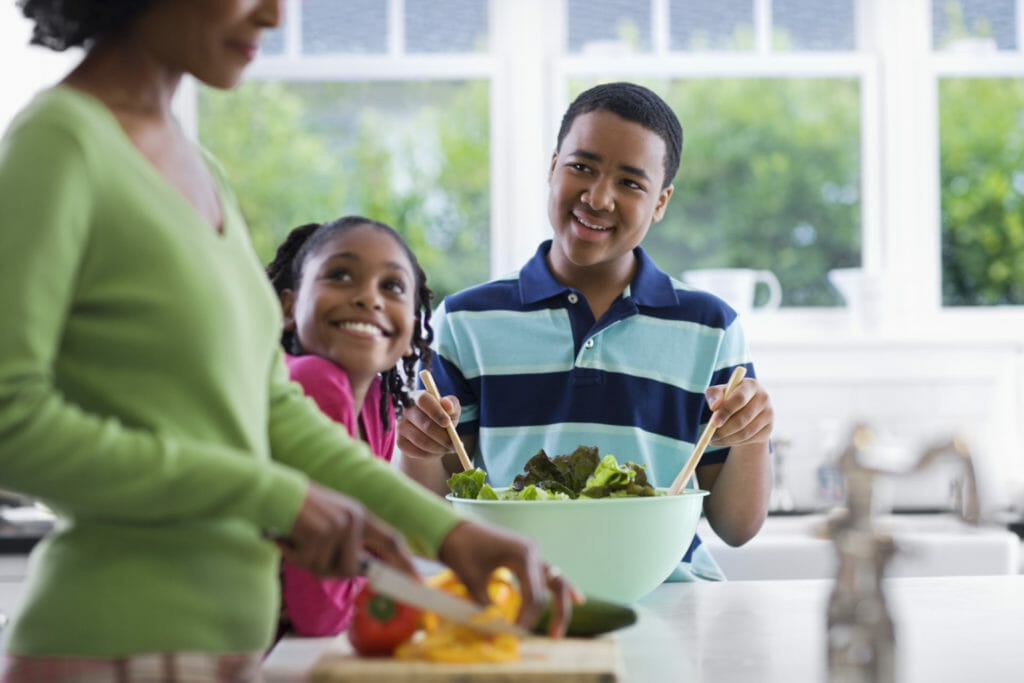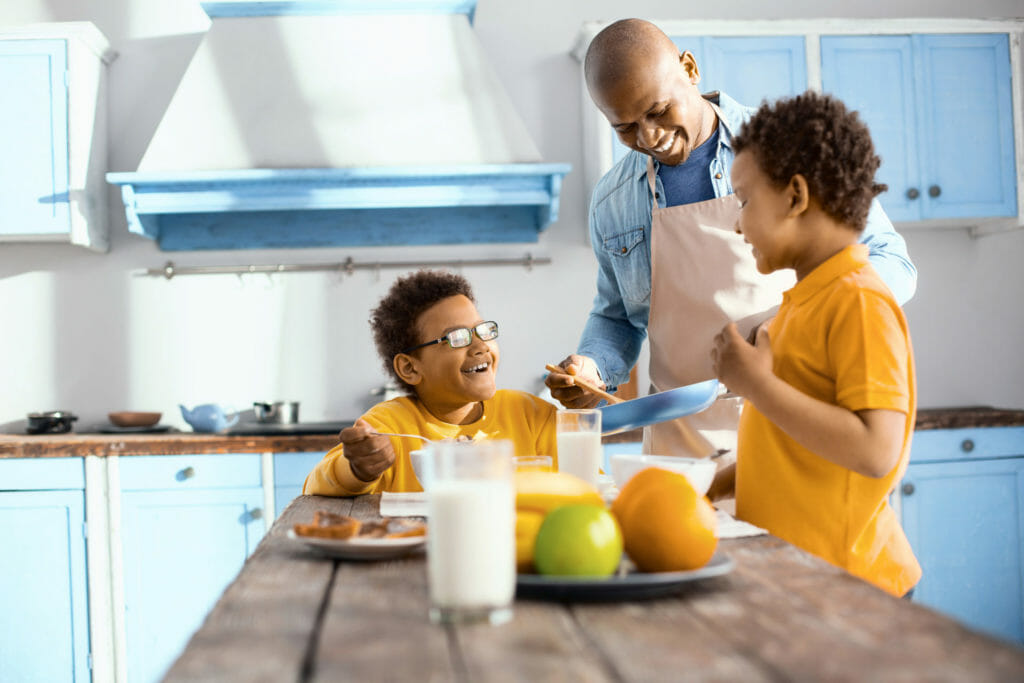September is National Food Safety Education Month!
According to the Centers for Disease Control and Prevention, every year,
an estimated 1 in 6 people in the United States (or 48 million people) get sick, 128,000 are hospitalized, and 3,000 die from eating contaminated food.
Food Safety Magazine interviewed Britanny Saunier, executive director of the Partnership for Food Safety Education, and Ashley Eisenbeiser, senior director for food and product safety programs for FMI, The Food Industry Association and a member of the PFSE Board of Directors.
In this episode of “Food Safety Matters” podcast, Saunier and Eisenbeiser spoke about:
- PFSE’s mission to promote safe food handling and preparation practices, and how FMI and PFSE collaborate to protect consumer health
- Resources that FMI utilizes as an annual contributing partner to PFSE, and how FMI members benefit from these resources
- The methods and measurements of success used by PFSE’s food safety educators, called BAC Fighters
- The advocacy efforts of, and resources offered by, PFSE and FMI in honor of National Food Safety Education Month
- Why Saunier and Eisenbeiser are personally invested in food safety, and how their motivations inform their work
Listen to the podcast below, and read the entire Food Safety Magazine article.
